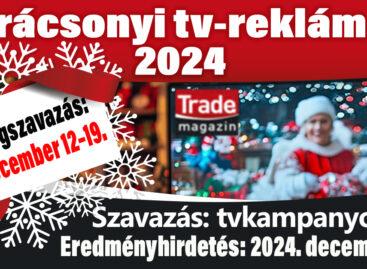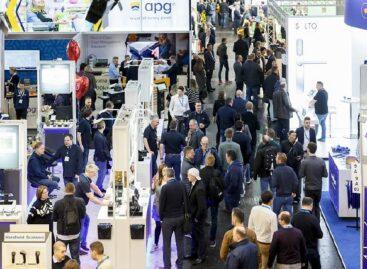From in-store tools to promotions
In our last issue, we gave you an account of the topics discussed during the morning of the annual meeting of Trade Marketing Klub. This is what we talked about in the afternoon. First, Attila Herczeg, head of revenue generation from Tesco, was asked to explain what his peculiar title meant. In fact, he is responsible for developing and selling communication tools with Image as their exclusive media partner. Over 2 million purchases are generated in Tesco stores each week, which means a very significant number of people can be reached. Zsolt Dunavölgyi sales and marketing director of Image was next. He talked about experience accumulated regarding in-store media in neighbouring countries. Among the examples were the appearance of Budweiser, Dr. Oetker, Vodafone and Danone in Czech Tesco stores. In Poland, shelf stoppers with back light were used for promoting a spice called Camisse and Whiskas. Algida also used complex in-store communication very successfully. Campaigns and tools by Nestlé and Red Bull were also discussed. One of the questions asked was if Tesco makes any distinction between campaigns or not. The answer was no. Consumers seem to accept this form of communication. According to the results of a survey by Szonda Ipsos, only 8 per cent of consumers resent advertising in stores. It is becoming increasingly feasible to measure the effectiveness of these campaigns and to compare these with ATL campaigns. Ákos Tichy, sales director of Idea Zone took us to Paris and shared with us his impressions about the Salon Popai and Emballage fairs. Fairs and exhibitions specialising in packaging are becoming more important. The two main trends in packaging, the protection of the environment and cost efficiency seem to be in contradiction. Rapidly decomposing packaging materials, re-sealable packaging, thermal packaging are all very innovative solutions. At Salon Popai, mostly displays were presented. LCD is the trend now. Though it is a major investment, it can be operated at a moderate cost later on. – Cardboard displays also continue to be popular. Dr. Klára Kovács lead the roundtable discussion. The first question was if promotions are important ,or not. Everybody agreed that they are. What is the promotion rate? The majority seemed to agree on 60 per cent. What are the characteristics of successful co-operation between manufacturers and retailers? Flexibility, adaptation, planning, timing, feedback, equality etc. What to do with remaining stock? A tough one, most retailers will undertake no obligations. Regarding promotional strategies for 2007, retailers seem to prefer prize games, while manufacturers have diverse preferences according to brand.
Related news
Related news
This year, Trade magazine is asking its readers for their opinions on Christmas TV commercials! Vote for yourself!
The audience voting takes place between December 12 and 19,…
Read more >EuroCIS 2025: Serious interest in the retail technology trade fair
Amazon and TikTok recently signed an agreement that will allow…
Read more >





